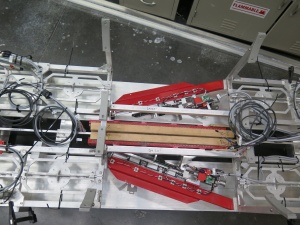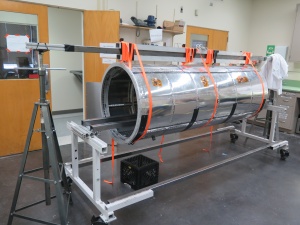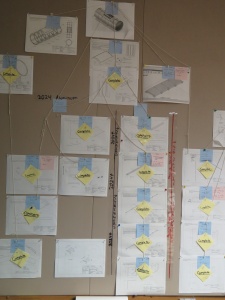Why Lean Process Improvement Is The Only Way To Stay Ahead: Part Two
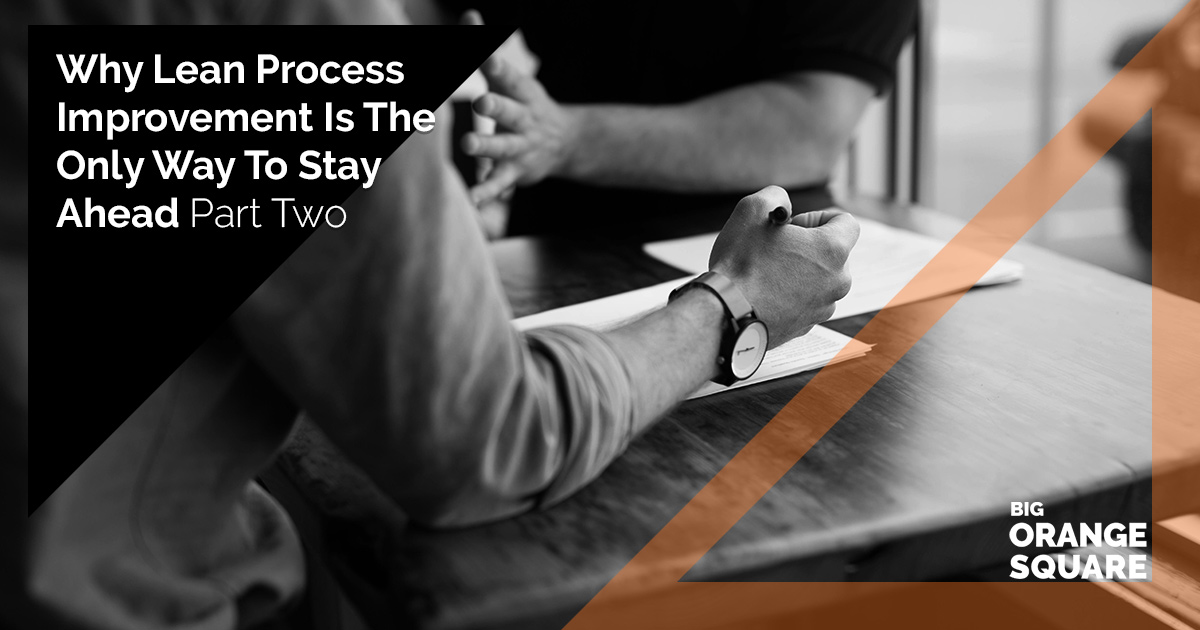
In our last blog, we started discussing how lean processes will help your company stay ahead and functioning effectively. Today, we’ll examine how we can help prevent burnout on your team.
Preventing Burnout
Everyone understands how important it is to work hard to achieve goals and to make sure your product is ready to go on the deadline or before a competitor releases theirs, but one area that might be hurting your team more than you might realize it is burnout. As a business owner or manager, you might be used to working long hours and long weeks, but your team might not. Even if they are ok with working these long hours, there comes a point where they might start to feel burnt out. While you could give them time off, there is a better way to prevent burnout from slowing down your project: repeatable processes.
While “repeatable processes” might sound like repetitive, menial work, that isn’t necessarily true. In the context of software or product development, repeatable processes simply mean having a standard for development cycles that include development, testing, and collaboration with other groups.
You might be more familiar with this concept under another name: iterative development. Iterative development is an incredibly powerful, and surprisingly simple, idea. Instead of looking at your goal (a piece of software or a product) as a single, monolithic “thing” that exists somewhere in the future, a more productive way of reaching that goal is to break it down into pieces that are then worked on by small teams who will develop pieces of the larger product, then come together with the other teams, see how the pieces work together, and then return to refine or enhance their pieces before moving on to the next section.
By using these smaller developmental stages, your project benefits in many ways. First, your teams won’t have to worry about everything all at once. Instead, they focus on smaller pieces that have an ultimate goal is mind. Second, your software or product will be better than if every member of your team was working to complete the larger project instead of the components. Iterative development relies on constant testing and input based on the needs of the other teams. These “smaller” steps can end up creating a number of benefits, one of the most important of which is reduced burnout.
Always remember: without your team working as effectively and efficiently as possible, your project, your product, and maybe even your company, can fall behind and lose its ability to stay competitive. If you’re concerned that your team might be on the edge of burnout or if you are putting together a new team and you want to prevent burnout or waste from happening as you get ready to begin, contact us at Big Orange Square as soon as possible. We have decades of experience working with teams and teaching them to be as effective as possible when developing products or software. We have training facilities in Colorado and Florida, and we teach all around the country. Check out some of the classes we’re offering, here. If you have any questions please reach out to us.
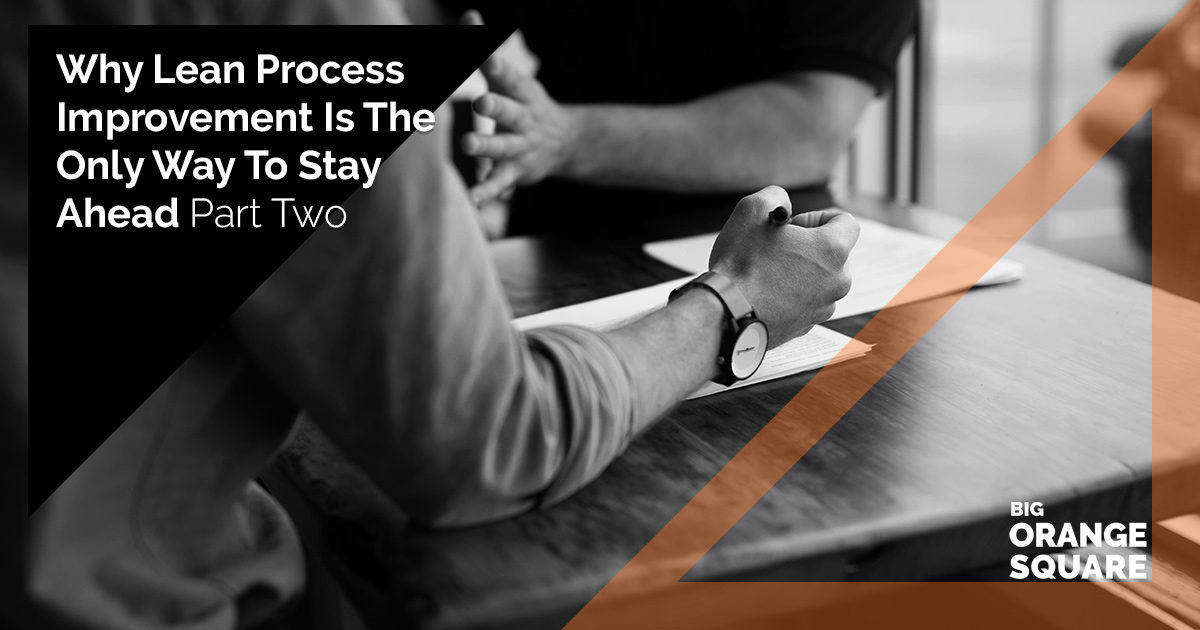
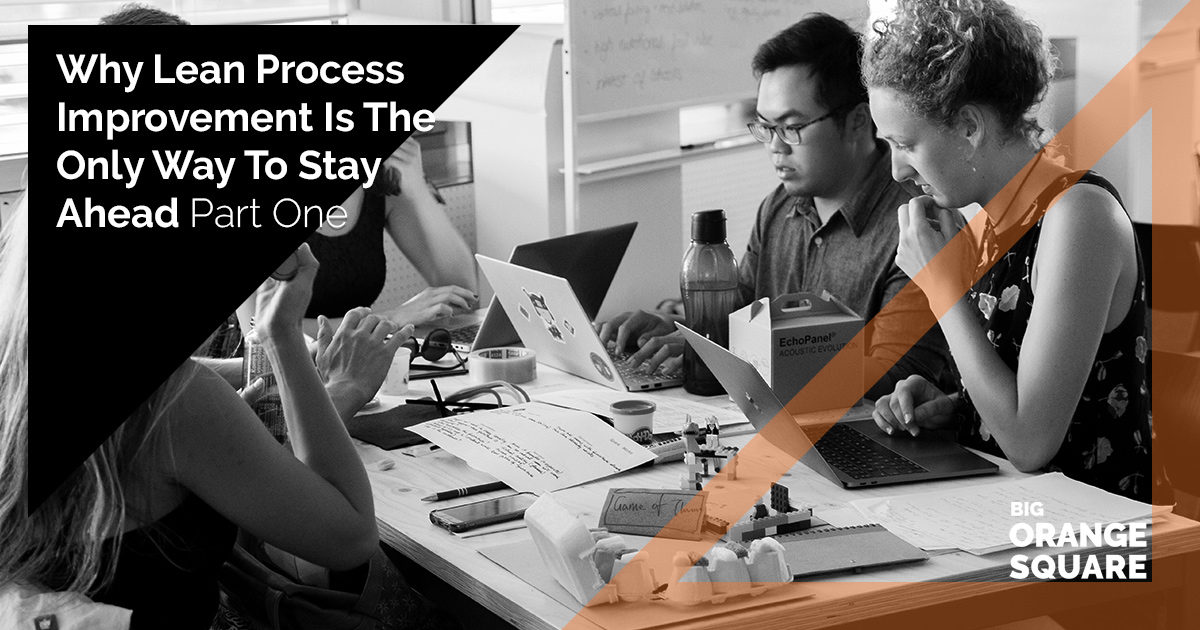
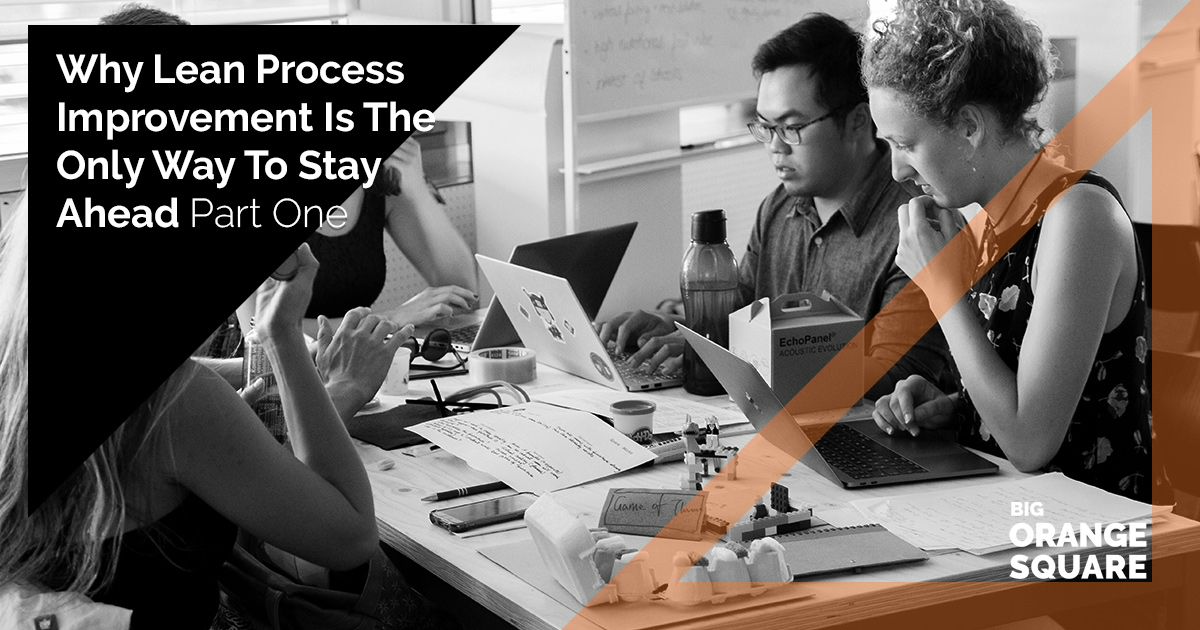
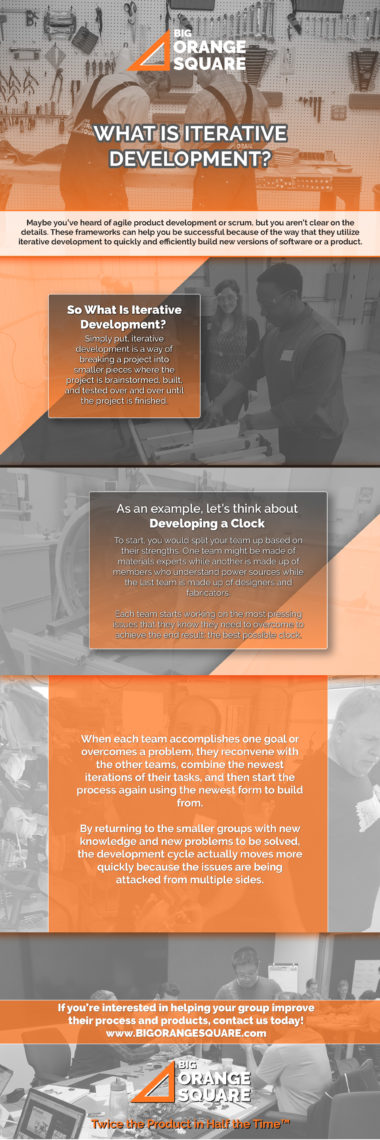


 Peter and Hubert demonstrated this principle with pictures of the solar eclipse. Each one of them used different tools to do the same thing: see the total solar eclipse that passed over the United States on August 21st, 1017 from our training center in Longmont, CO.
Peter and Hubert demonstrated this principle with pictures of the solar eclipse. Each one of them used different tools to do the same thing: see the total solar eclipse that passed over the United States on August 21st, 1017 from our training center in Longmont, CO.

